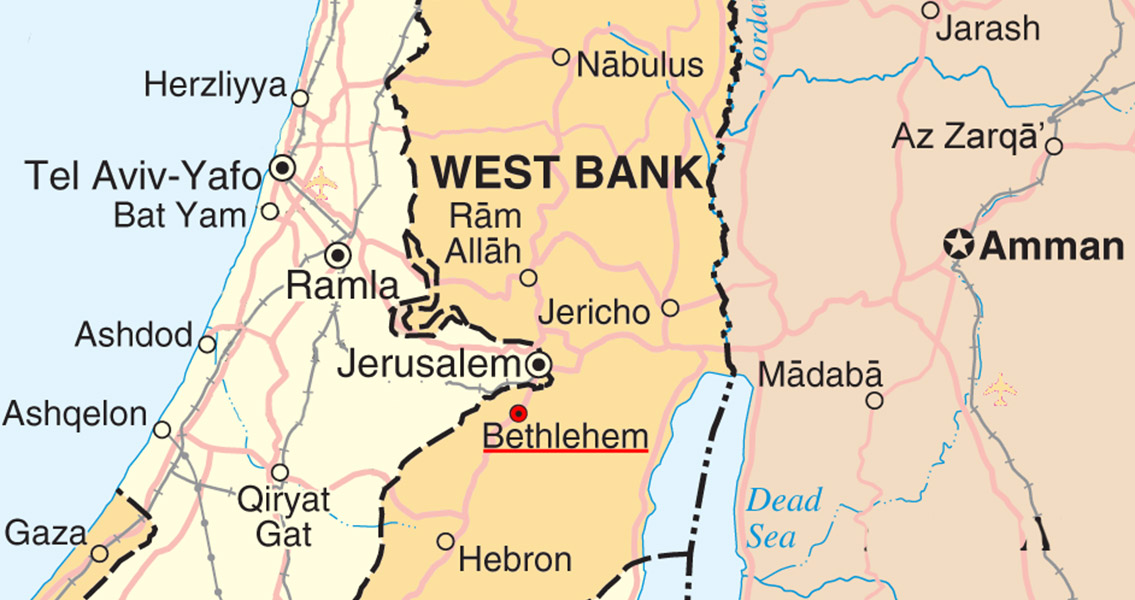<![CDATA[A joint Palestinian/Italian team of researchers has recently published the details surrounding an ancient necropolis initially discovered during a construction project in 2013. The archaeological site - Khalet al-Jam'a – is believed to have once held at least 100 tombs, some of which date back approximately 4,000 years. Located on the side of a hill researchers believe it served a nearby settlement; the identity and location of which remains unknown. Located in the West Bank, near the Palestinian town of Bethlehem, the site was apparently in use for over a millennium and a half, from 2200 BCE to 650 BCE, and archaeologists have determined that it covers more than seven acres (3 hectares). Although partially destroyed by construction works and looting the necropolis appears to have been built by enlarging and refurbishing the cavities which naturally existed on the hillside and is primarily characterized by shaft tombs and single or multi-person chambers cut from the rock. To date, researchers have been able to identify approximately 30 tombs. Whatever settlement the colony served it seems to have been a wealthy place which had access to the trade routes of the time. The findings also indicate the necropolis ceased to be used sometime around 650 BCE, the same time references to the name Bethlehem stopped until reappearing again in the time of Christ. The typical types of items found in the tombs includes small bowls/jars, finely crafted carinated bowls (Carinate is a shape of pottery, glassware or vases, among others, distinguishable by its rounded base joined to the sides of a vessel which slopes inward), spouted lamps, and craftsman-like two or four handled Canaanite jars The findings inside the tombs were varied; in a tomb dating back over 3,000 years ago to the Bronze Age researchers found the remains of a woman, man and child buried with a variety of ceramics and a pair of vases which had been attached together Another Khalet al-Jam'a tomb contained a virtually complete male skeleton, entombed with a ceramic lamp with its four sides shaped into spouts. Analysis has yet to be completed but it’s estimated the tomb dates to an even earlier time in the Bronze Age over 4,000 years ago. Yet another tomb contained two intriguing Egyptian-like pieces, known as scarabs, which were found mounted on rings made of gold or bronze from Egypt’s Thirteenth Dynasty (1802 BCE – 1640 BCE). One possibility being explored is whether the scarabs were made locally as opposed to being imported. One scarab is designed with a series of circular decorations, while the second one contains swirling designs in addition to what looks like hieroglyphic writing. Two of the hieroglyphic symbols are written inside an oval circle called a cartouche - a shape frequently used by Ancient Egyptians to write names in. These types of Egyptian amulets have been discovered at numerous archaeological sites across the eastern Mediterranean and ancient documents indicate a strong Egyptian presence in the area, both trading and conquering. Experts are continuing their study of the scarabs. Whatever crisis or catastrophe happened in Bethlehem in 650 BCE remains unclear although it has been noted that both the Babylonian and Assyrian empires captured land in the area through a number of military campaigns, the stories of which have been told in biblical writings. ]]>
Findings from the Khalet Al-Jam'a Necropolis Revealed
